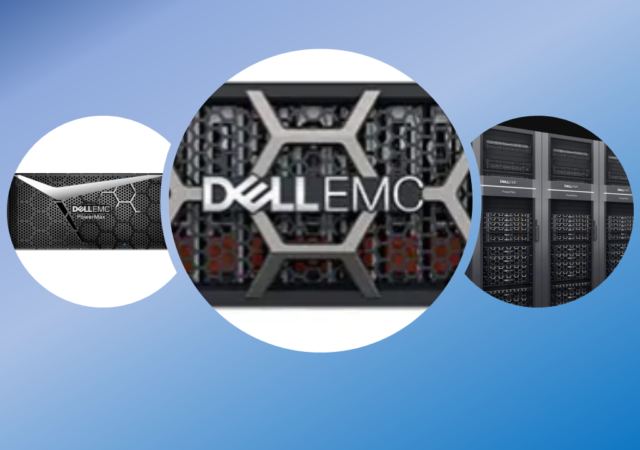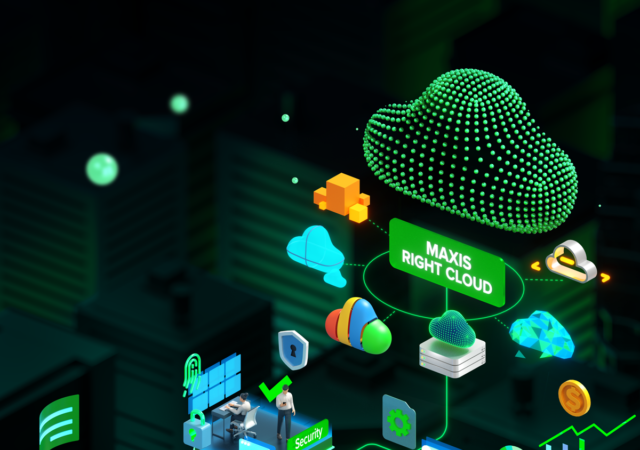With an increasing number of business going to the cloud, what can they do to be better prepared to help mitigate the risks from cyberattackers?
Dell Technologies Updated Storage Software Solutions Enable Better Data Resilience
Dell Technologies unveils updates and upgrades to their portfolio of services and technologies to enable data resiliency and security for businesses.
Automation in an App-centric, Hybrid Cloud World
Red Hat talks about automating solutions in an app centric environment while leveraging open source innovations and technologies.
2022 and Beyond – Technologies that will Change the Dialogue
2022 is set to be one of the most revolutionary years in tech with the increase in 5G adoption as well as changing paradigms in cloud computing.
Six Edge Computing Trends to Watch in 2022
While many aspects of edge computing are not new, the overall picture continues to evolve quickly. For example, “edge computing” encompasses the distributed retail store branch systems that have been around for decades. The term has also swallowed all manner of local…
A Necessity to Optimise & Leverage The Cloud – Lessons From Carsome and 500 Startups
Cloud computing is continuing to leave a mark on the startup industry. In fact, it’s become pivotal for startup understand and leverage cloud computing.
Maxis Right Cloud Simplifies Cloud Adoption for Businesses
Maxis takes another step to becoming Malaysia’s foremost company when it comes to converged services with the introduction of Maxis Right Cloud.
Keeping Up with the Pace of Innovation with the Cloud
Speed and innovation go hand in hand when it comes to a company’s need to stay relevant. How can a this be achieved?
5G, Industry, & Collaboration at the Edge
Companies continually need to be at the forefront. With the emergence of edge computing and 5G, the need for collaborative innovation is even more prevalent.
Cloud, 5G, Machine Learning & Space: Digital Trends Shaping the Future
The business world is being shaped by the adoption of cloud technologies as companies continue their digital transformation journeys. What comes next?












